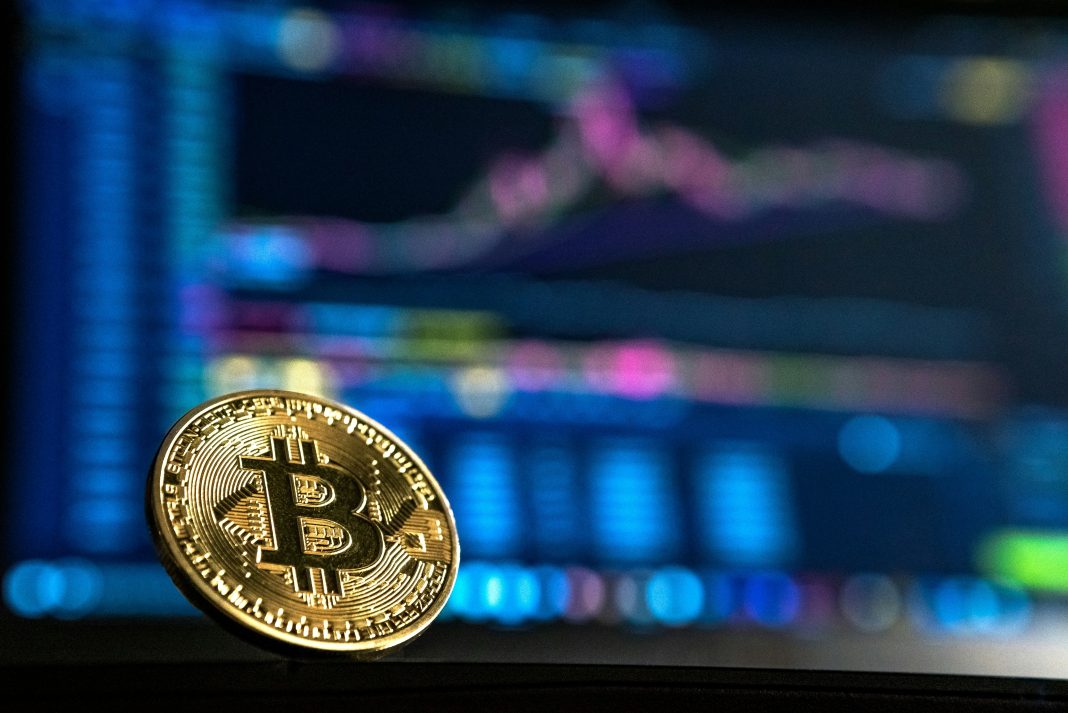Over the weekend, after President Donald Trump unexpectedly announced a 100% tariff on all imports from China, effective November 1, 2025 (or earlier if Beijing continues its export restrictions on rare earth materials), global risk assets immediately tumbled. Bitcoin reacted most sharply, plunging nearly 17%, from around $122,000 to approximately $107,500 within a few hours, before quickly rebounding to around $115,000 by early Monday trading. This violent move not only stunned investors but also illustrated how Bitcoin—an asset that has become increasingly institutionalized—still retains the reflexive behavior of a free market instrument. It serves as an instant mirror of global risk sentiment, where every shift in policy expectations is priced in directly and without mediation.
From a macroeconomic perspective, this event unfolded at an exceptionally sensitive juncture. The Federal Reserve has begun its first rate-cutting cycle after a prolonged tightening phase, yet U.S. real yields remain high, reflecting both the growing weight of federal debt and the enormous bond issuance required to fund government spending. Federal debt has surpassed $37 trillion—a symbolic milestone of an era marked by chronic fiscal deficits. In such an environment, where the true cost of capital has yet to ease, risk assets such as Bitcoin remain under considerable pressure.
Paradoxically, however, this very instability has made Bitcoin more appealing. It has become a natural market response to the erosion of confidence in fiat currencies and the traditional financial system. As the U.S. dollar grows heavy under the weight of debt and politics, Bitcoin appears increasingly attractive to investors seeking independence from government-controlled money.
Unlike in previous cycles, when Bitcoin was driven mainly by speculative flows and “FOMO” sentiment, the structure of demand has fundamentally changed. The emergence of spot Bitcoin ETFs has ushered in a new era of institutionalization, where capital from professional investors is steadily replacing retail speculation. Giants such as BlackRock, Fidelity, and Ark have transformed Bitcoin from a volatile trading instrument into a genuine component of diversified investment portfolios.
ETF inflows—amounting to billions of dollars in net subscriptions over the past quarter—have not only supported prices but also reshaped the market’s behavior: less emotional, more disciplined, and increasingly capable of absorbing information shocks without causing disorder. Bitcoin’s swift recovery after the weekend crash is clear evidence of this new liquidity foundation.
What is particularly notable is that this latest shock occurred just as global investor confidence oscillates between hope and doubt. Hope that monetary easing will reduce funding costs and revive growth, yet doubt that America’s immense debt burden will continue to weigh on sentiment. In this tug-of-war, Bitcoin has become a direct gauge of global risk appetite. Each time markets lose faith in the government’s ability to manage policy or maintain currency stability, Bitcoin rises; whenever confidence returns, it corrects.
Through ETFs, CME derivatives, custodial banks, and institutional investment channels, Bitcoin has now become deeply integrated with global liquidity flows. When U.S. equities retreat, Bitcoin tends to follow; when yields fall and the dollar weakens, Bitcoin rallies.
Therefore, I would not interpret the recent volatility as a negative signal. It simply demonstrates that Bitcoin remains highly sensitive to policy and macroeconomic shocks—as is natural for a risk asset. A market that can fall nearly 17% within hours and regain equilibrium the very next day is not one built on weak capital foundations.
In my view, the medium-term outlook for Bitcoin remains constructive, supported by continued institutional inflows, clearer regulatory frameworks in the U.S. and Europe, and growing investor confidence in decentralized assets. That said, risks cannot be ignored: debt sustainability, geopolitical tensions, and global liquidity stress remain unresolved. Any macro or political shock could still trigger volatility or short-term corrections.
Specifically, this week, markets are watching developments in U.S.–China tariff policy and geopolitical tensions closely. While Israel and Hamas have made some progress toward de-escalation, the situation between Russia and Ukraine remains deadlocked. Should both the trade and geopolitical fronts deteriorate simultaneously, Bitcoin could experience a short-term technical correction before resuming its broader upward trajectory.








































